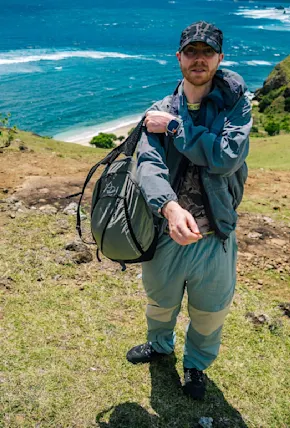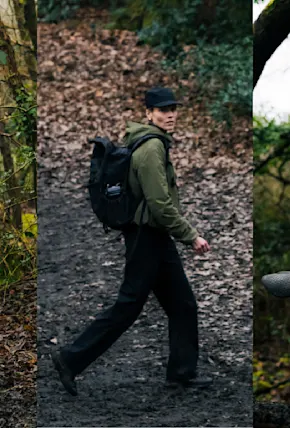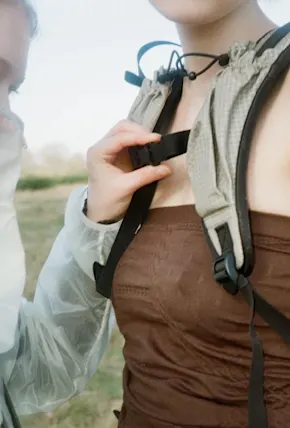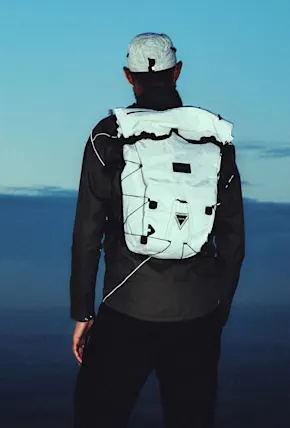In 1999 Japanese outdoor outfitter Snow Peak quietly entered the North American market, establishing operations and wholesale distribution in a Portland, Oregon garage. For decades the brand built a loyal but modest following among ounce counting backpackers and premium gear nerds with feathery-light titanium sporks, mugs, and camp stoves, largely relying on REI and other core retailers to spread the good word. In 2013, a brick-and-mortar store was opened in Portland and apparel was introduced. Still, it wasn't until Snow Peak opened a substantial US headquarters and flagship store in 2020 that the average North American outdoor enthusiasts’ awareness really began to grow.
Now firmly planted in Portland, Oregon—and the global outdoor industry at large—the upscale camping equipment brand has expanded its reach and invited Americans to experience a Japanese style of spending time outdoors that directly opposes the conventional “roughing it” mentality pervasive in the West.
This looks like bringing the comforts of home to the campsite. Titanium cookware and tableware only fills a small sliver of space in the 15,000-square-foot industrial corner building in Portland’s posh Nob Hill neighborhood. Meanwhile, spacious tents, comfy camp furniture, stylish fire pits, and full outdoor kitchen systems make up the rest of the store’s footprint, all designed as an integrated system, allowing people to customize a camp setup to their needs and aesthetic preferences.
For the full rundown of how Snow Peak became the best known Japanese outdoor brand in America, read on.

Snow Peak founder Yukio Yamai on Mt. Tanigawa
The History of Snow Peak
Originally called Yamai Shoten and then renamed Yamako, Snow Peak was founded in 1958 by Yukio Yamai. The spirited young climber sought solace in the mountains after the trauma of World War II, and his favorite peak to climb with friends was Mt. Tanigawa. Like Patagonia’s Yvon Choinard, Yukio couldn’t find gear suitable for the demands of the super technical terrain. He’d return home from a climb and ask local metalsmiths who specialized in samurai swords to craft him pitons.
Spending time meticulously testing and comparing equipment convinced him he could do it better—and he was right. His highly refined products, especially crampons, quickly became popular in Japan.
In 1980, Yamai’s son, Tohru, succeeded his father as CEO. His experiences camping and fishing while studying in the U.S., along with an economic golden era in Japan, informed his leadership decision to evolve Snow Peak from a mountaineering brand into one more focused on camping.













